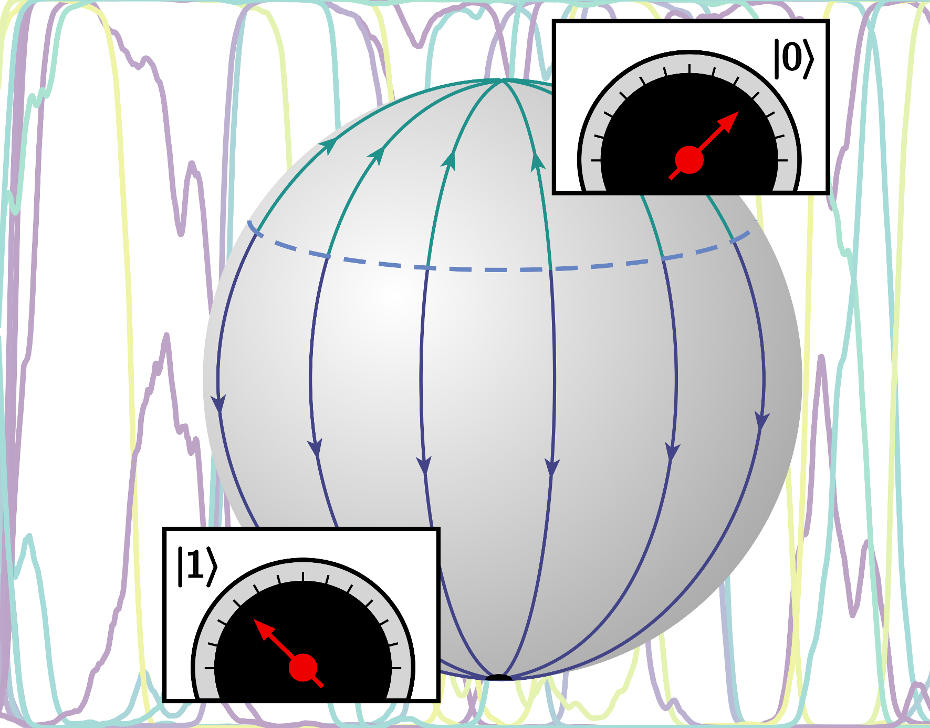There is a huge variation between the quantum realm and the regular world. Physicists Jasper van Wezel and Lotte Mertens from the University of Amsterdam and their collaborators have now analyzed how the act of quantifying a quantum particle converts it into an everyday object.
 Despite the fuzziness of the quantum world, measurements of quantum particles yield precise outcomes in our everyday world. How does the act of measuring achieve this transformation? Image Credit: University of Amsterdam.
Despite the fuzziness of the quantum world, measurements of quantum particles yield precise outcomes in our everyday world. How does the act of measuring achieve this transformation? Image Credit: University of Amsterdam.
The study was published recently in the journal Physical Review A as the “Editor’s Suggestion.” Quantum mechanics characterizes the smallest objects in the world, varying from the constituents of single atoms to small dust particles.
This microscopic world acts very differently from the daily experience — although all objects in the human-scale world are composed of quantum particles themselves. This results in interesting physical questions. Why are the macroscopic world and the quantum world very different, which line divides them and what precisely happens there?
Measurement Problem
One specific area where the difference between classical and quantum turns vital is when people tend to use a regular object to quantify a quantum system. Furthermore, the division between the quantum and regular worlds leads to the question of how “big” the measurement device must be to be able to exhibit quantum properties with a display in the regular world.
Identifying the details of measurement, like the number of quantum particles needed to make a measurement device, is known as the quantum measurement problem.
With experiments investigating the quantum mechanics realm becoming even more advanced and involving even bigger quantum objects, the invisible line at which pure quantum behavior turns into classical measurement outcomes is being approached quickly.
The UvA physicists and their colleagues explored existing models that attempt to resolve the measurement problem, specifically those that do so by suggesting slight alterations to the single equation that governs all quantum behavior: Schrödinger’s equation.
Born’s Rule
The scientists demonstrate that these amendments can, in essence, result in consistent proposals for resolving the measurement problem. But it becomes hard to make models that fulfill Born’s rule. The rule specifies how to utilize Schrödinger’s equation to predict measurement results.
The team shows that only models with adequate mathematical complexity (technically, non-unitary and non-linear models) can lead to Born’s rule and thus have a chance of resolving the measurement problem and offering insights into the elusive crossover between quantum physics and the regular world.
Journal Reference:
Mertens, L., et al. (2021) Inconsistency of linear dynamics and Born’s rule. Physical Review A. doi.org/10.1103/PhysRevA.104.052224.